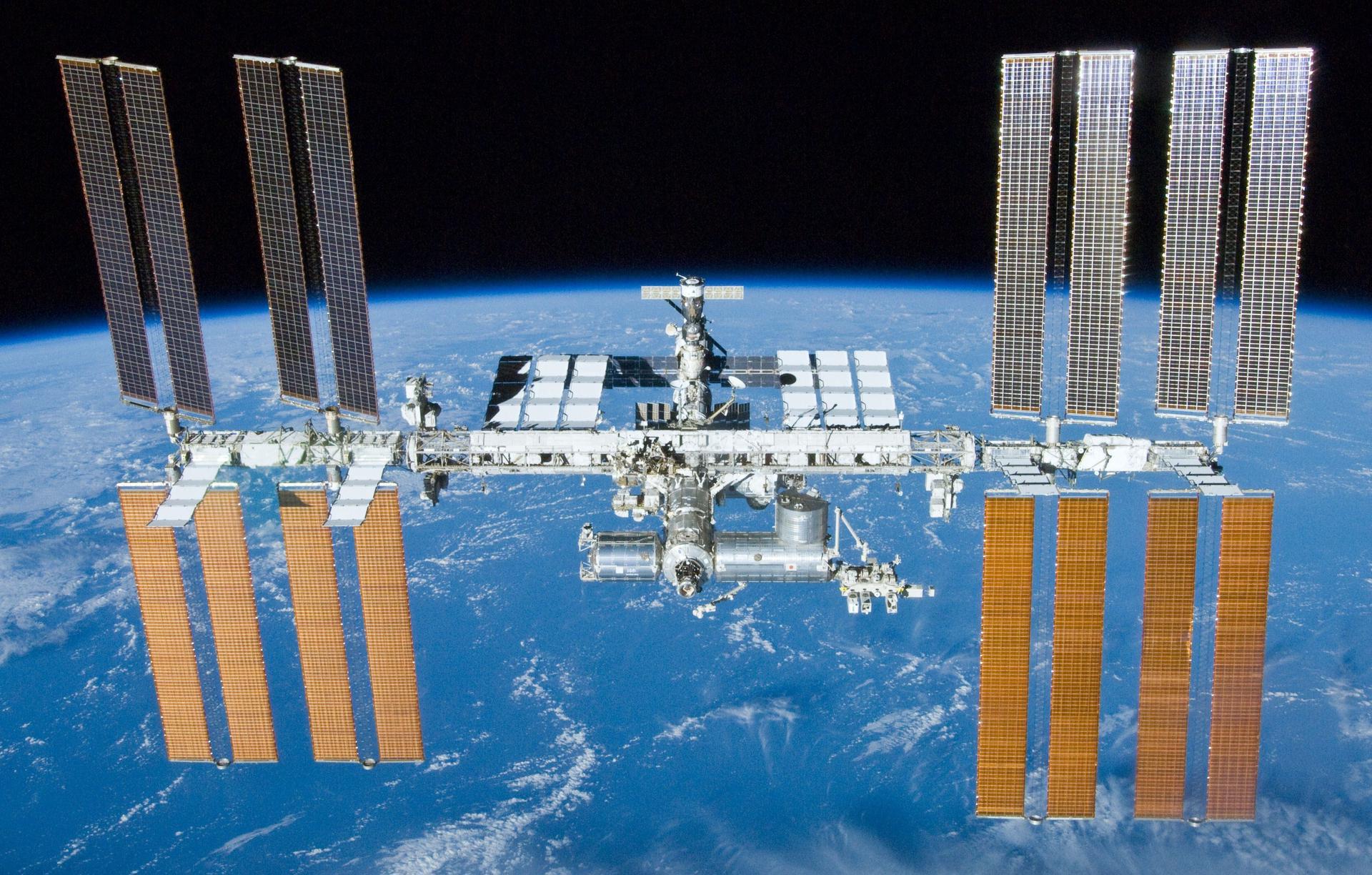Where's the ISS?
Track the International Space Station as it orbits Earth.
LIVE POSITION
CURRENT EXPEDITION CREW
Anne McClain
Flight Engineer
Nichole Ayers
Flight Engineer
Takuya Onishi
Flight Engineer
Kirill Peskov
Flight Engineer
Jonny Kim
Astronaut
Sergey Ryzhikov
Cosmonaut
Alexey Zubritsky
Cosmonaut
ORBIT INFORMATION
The ISS completes 15.5 orbits per day, traveling at approximately 27,600 km/h (17,100 mph). At this speed, the station circles the Earth once every 90 minutes, meaning the crew experiences 16 sunrises and sunsets each day.
The station maintains an altitude of approximately 400 kilometers (250 miles) above Earth, in the region known as Low Earth Orbit (LEO).

International Space Station
Founded: November 20, 1998
The International Space Station (ISS) is a space station, or a habitable artificial satellite, in low Earth orbit. Its first component was launched into orbit in 1998, with the first long-term residents arriving in November 2000. It has been inhabited continuously since that date. The last pressurised module was fitted in 2011, and an experimental inflatable space habitat was added in 2016. The station is expected to operate until 2030. Development and assembly of the station continues, with several new elements scheduled for launch in 2019. The ISS is the largest human-made body in low Earth orbit and can often be seen with the naked eye from Earth. The ISS consists of pressurised habitation modules, structural trusses, solar arrays, radiators, docking ports, experiment bays and robotic arms. ISS components have been launched by Russian Proton and Soyuz rockets, and American Space Shuttles.
KEY SPECIFICATIONS
ORBIT
Low Earth Orbit
CREW CAPACITY
7
MASS
419.7 kg
DIMENSIONS
72.8m × 108.5m
PARTICIPATING AGENCIES
CURRENT EXPEDITION
Expedition 74
Started: December 9, 2025
ISS QUICK FACTS
The ISS is the largest human-made object in space and the largest satellite in low Earth orbit, regularly visible to the naked eye from Earth's surface.
Assembly of the ISS began in 1998 and took over 10 years and more than 30 missions to complete. The station is expected to operate until at least 2030.
The ISS has been continuously occupied since November 2, 2000, making it the longest continuous human presence in low Earth orbit.